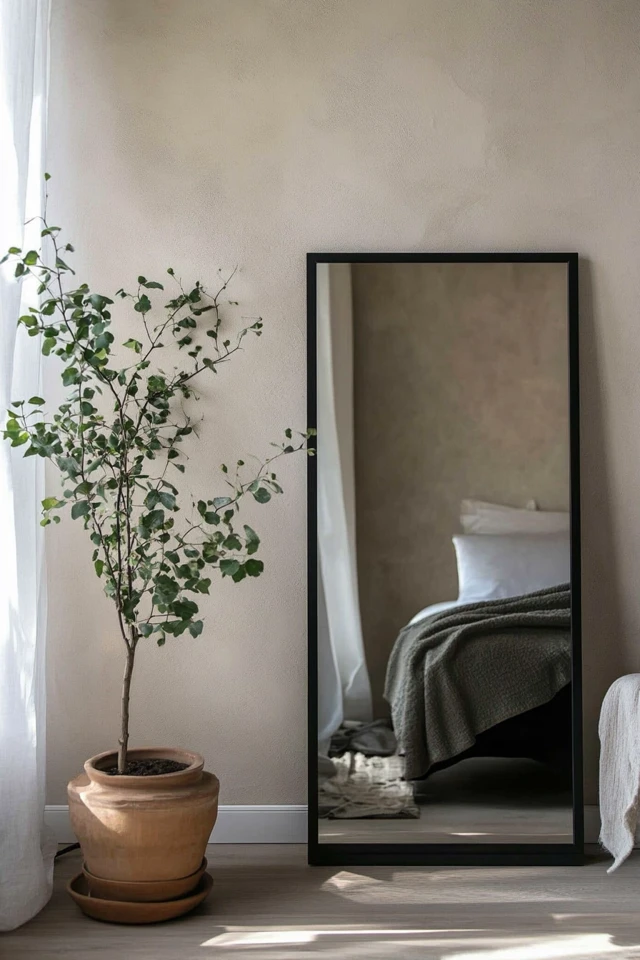Decluttering your space is one of the first steps to achieving a minimalist lifestyle. It’s about letting go of what no longer serves you, both physically and mentally, and embracing the freedom that comes with simplicity. When your surroundings are clean and organized, your mind feels lighter, and you can focus on what truly matters.
I’ll never forget the first time I decided to declutter my home with a minimalist mindset. I was overwhelmed by years of accumulated “stuff”—clothes I never wore, kitchen gadgets gathering dust, and sentimental items I didn’t even remember owning. But once I began the process, it was like a weight had been lifted. Room by room, I found clarity and joy in creating a space that reflected my values and brought me peace.
If you’re ready to embrace minimalism and declutter your home, here are my best tips to help you get started and stay motivated.
Why Decluttering Like a Minimalist Is Transformative
- Reduces Stress: A clutter-free environment promotes mental clarity and a sense of calm.
- Saves Time: Less clutter means less time spent cleaning, organizing, or searching for items.
- Increases Focus: Minimalism creates an environment that helps you focus on your priorities.
- Promotes Mindfulness: Decluttering encourages you to be intentional about what you bring into your life.
1. Set Clear Goals
Why It Works:
Having a clear purpose for decluttering will keep you focused and motivated throughout the process.
How to Do It:
- Ask yourself why you want to declutter. Is it to reduce stress? Create more space? Simplify your life?
- Write down your goals and keep them visible as a reminder.
- Start small, focusing on one room or area at a time to avoid feeling overwhelmed.
Pro Tip: Visualize how you want your space to look and feel after decluttering—it will keep you inspired.
2. Use the “One-Year Rule”
Why It Works:
Minimalism focuses on keeping only what adds value to your life. The one-year rule helps identify items you no longer need.
How to Do It:
- Ask yourself: “Have I used this in the past year?” If the answer is no, it’s time to let it go.
- Be honest about items you’re holding onto “just in case”—if they haven’t been useful in a year, they likely never will be.
Pro Tip: Exceptions include seasonal items or tools with a clear purpose, like holiday decorations or a toolbox.
3. Declutter by Category, Not Room
Why It Works:
Sorting by category (e.g., clothes, books, kitchen items) prevents the same type of clutter from being scattered across different areas.
How to Do It:
- Gather all items from one category into a single space, like the floor or a table.
- Sort through them systematically, deciding what to keep, donate, or toss.
- Start with easier categories (like clothes or toiletries) before moving on to sentimental items.
Pro Tip: Use bins or boxes labeled “Keep,” “Donate,” and “Trash” to stay organized during the process.
4. Adopt the “Does It Spark Joy?” Method
Why It Works:
Popularized by Marie Kondo, this method encourages you to focus on what truly brings happiness rather than what you “should” keep.
How to Do It:
- Hold each item in your hands and ask yourself, “Does this spark joy?”
- If the answer is yes, keep it. If not, thank it for its service and let it go.
- Avoid holding onto items out of guilt or obligation.
Pro Tip: Apply this method to sentimental items carefully, keeping only the ones that hold the most meaning.
5. Maximize Vertical Space
Why It Works:
Using vertical storage helps keep your surfaces clear, making your space look more minimalist and organized.
How to Do It:
- Install floating shelves to display books, plants, or decor without cluttering tables or countertops.
- Use hooks or wall-mounted racks for items like coats, keys, or kitchen utensils.
- Invest in stackable storage bins or drawer organizers to maximize cabinet space.
Pro Tip: Leave some empty space on shelves and surfaces to create a sense of openness.
6. Digitize Your Paper Clutter
Why It Works:
Paper clutter—old bills, receipts, or documents—can quickly pile up. Digitizing these items keeps them organized and reduces physical clutter.
How to Do It:
- Scan important documents and store them in labeled folders on your computer or cloud storage.
- Opt for paperless billing and email receipts whenever possible.
- Recycle unnecessary papers, magazines, and junk mail immediately.
Pro Tip: Use a shredder for documents containing sensitive information.
7. Implement a “One In, One Out” Rule
Why It Works:
This rule helps maintain a minimalist lifestyle by preventing clutter from accumulating again.
How to Do It:
- For every new item you bring into your home, let go of one existing item.
- Apply this rule to clothes, decor, books, and even kitchen gadgets.
- Be mindful of your purchases, asking yourself if you truly need or love the item before buying.
Pro Tip: Keep a donation box handy so you can easily add items you no longer need.
8. Tackle Sentimental Items Last
Why It Works:
Sentimental items are often the hardest to declutter, so saving them for last allows you to build your decision-making skills first.
How to Do It:
- Start with items that are easier to part with, like clothes or kitchenware.
- When you’re ready, sort sentimental items into categories (photos, letters, souvenirs).
- Keep only the items that hold the most meaning and display them where you can appreciate them.
Pro Tip: Take photos of sentimental items you want to remember but don’t need to keep physically.
9. Create a System for Daily Maintenance
Why It Works:
Decluttering is an ongoing process, and daily habits help prevent clutter from building up again.
How to Do It:
- Spend 5–10 minutes each day tidying up surfaces and putting things back in their place.
- Designate a “home” for every item in your space.
- Regularly assess your belongings to identify what you no longer need.
Pro Tip: Adopt a “clean as you go” mentality, especially in high-traffic areas like the kitchen or living room.
10. Celebrate Your Progress
Why It Works:
Acknowledging your achievements keeps you motivated and reminds you of the benefits of minimalism.
How to Do It:
- Take before-and-after photos of your decluttering journey to see how far you’ve come.
- Treat yourself to a reward, like a cozy evening in your newly decluttered space.
- Reflect on how a minimalist environment has improved your daily life.
Pro Tip: Share your success with friends or family—it might inspire them to start their own decluttering journey!
Picture Gallery
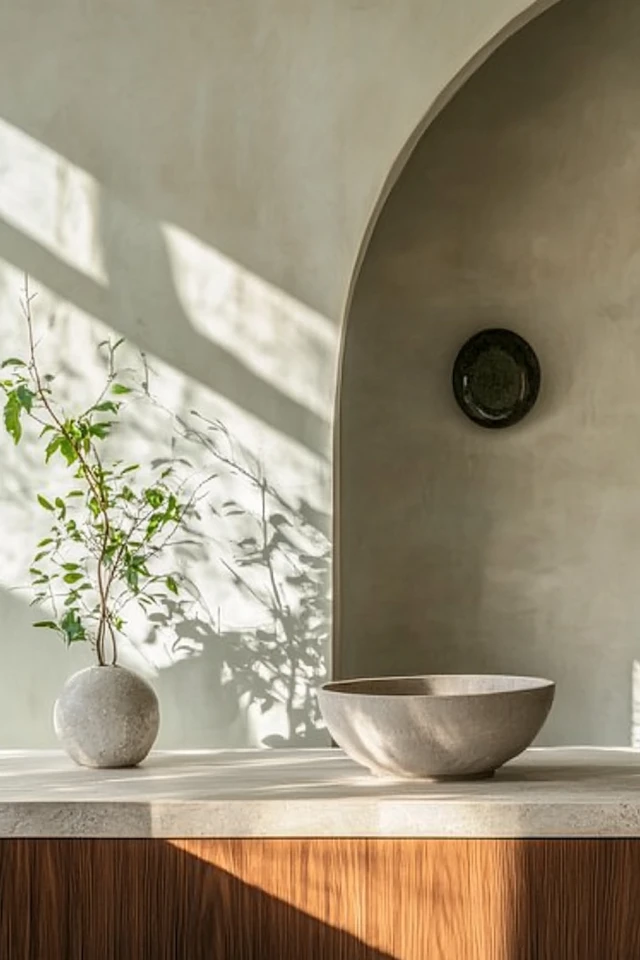

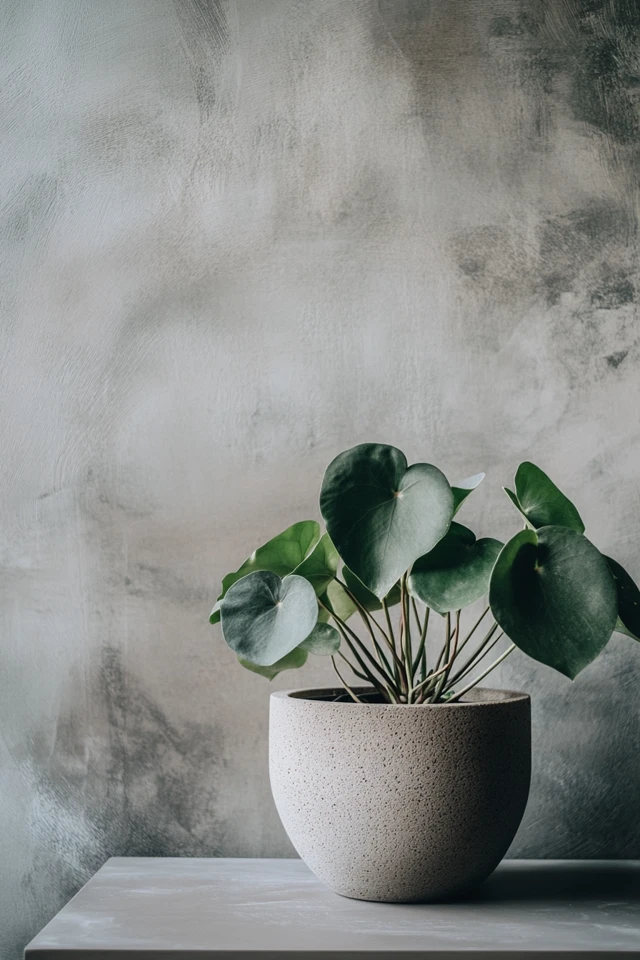
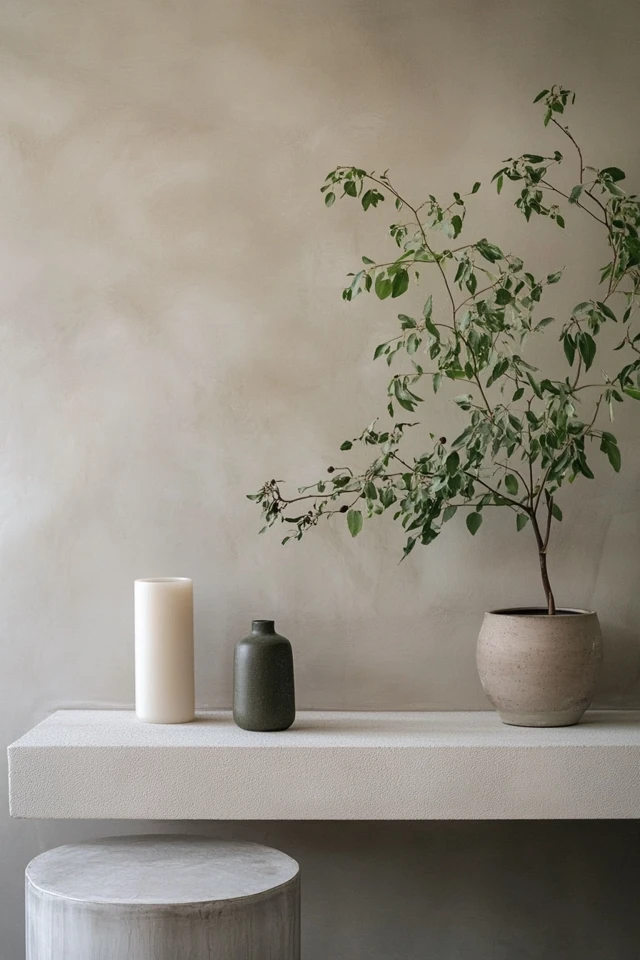
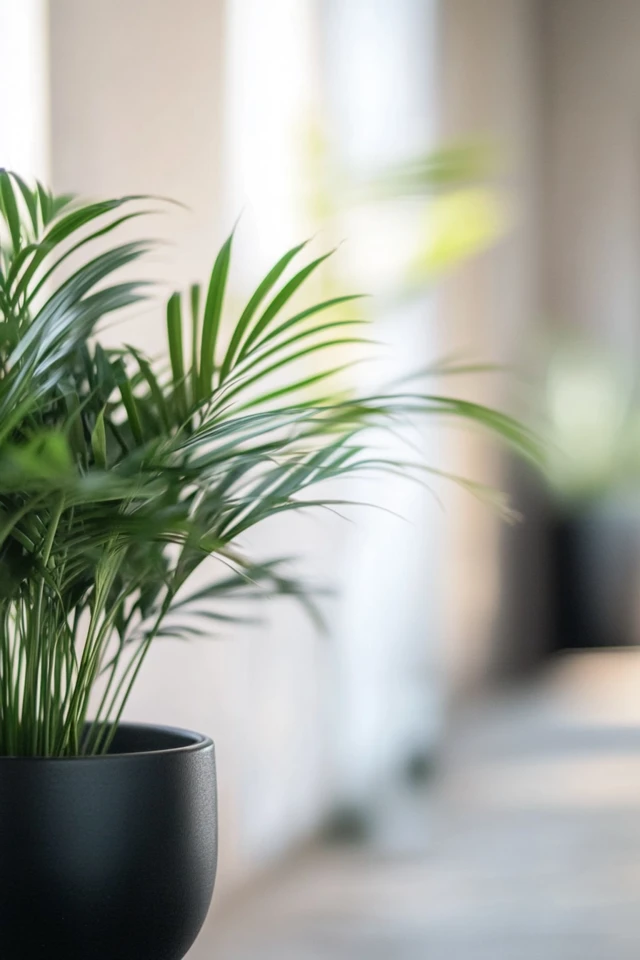
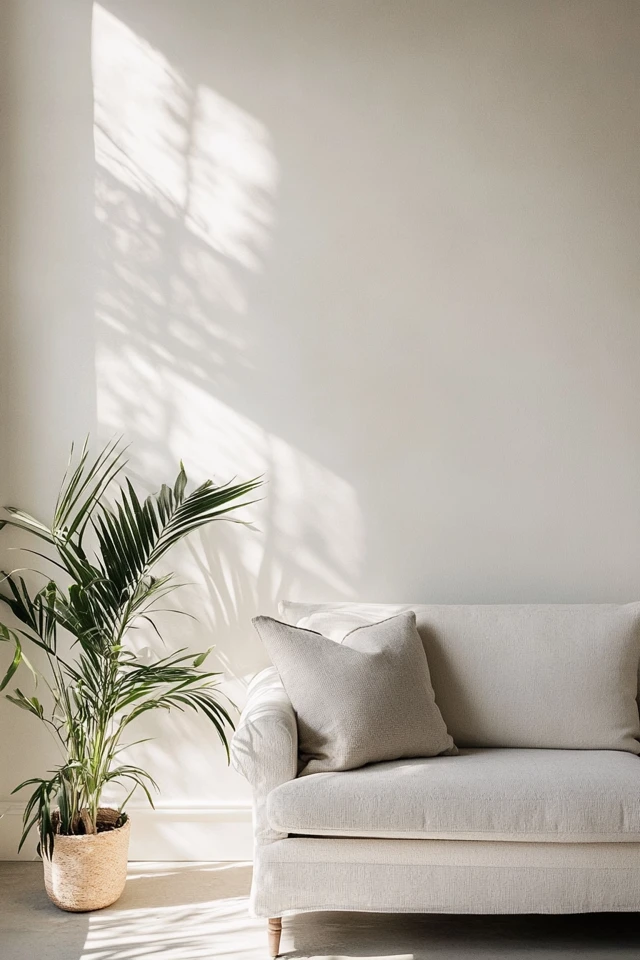
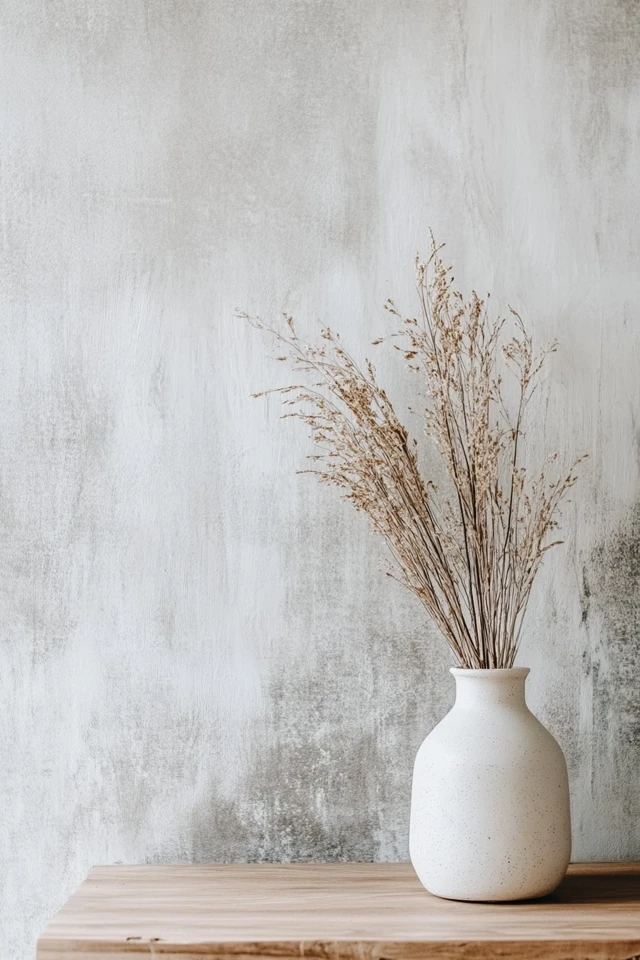
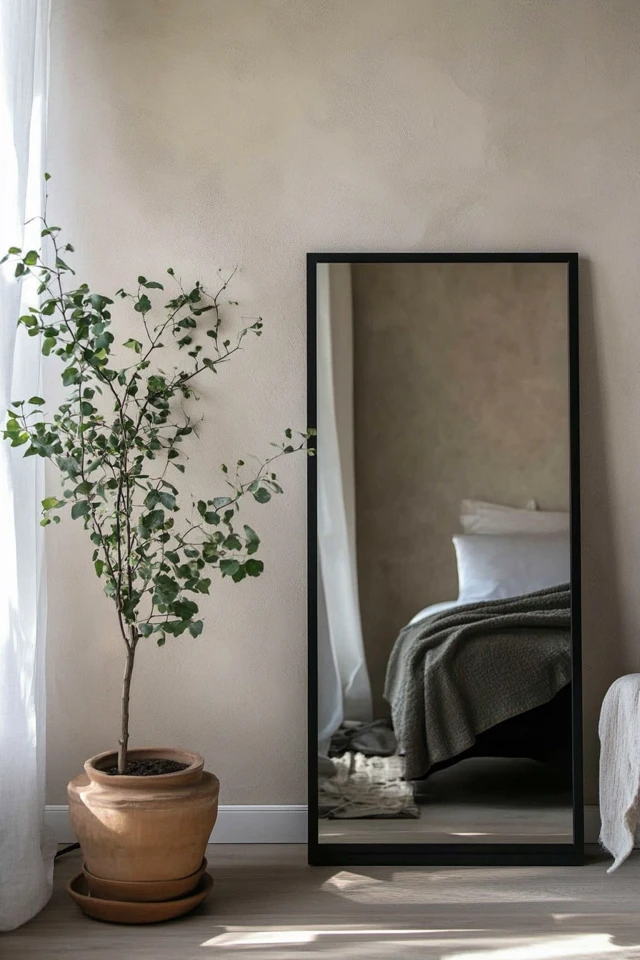
Conclusion
Decluttering your space like a minimalist is more than just tidying up—it’s a mindset shift that encourages intentional living. By focusing on what truly matters, you can create a home that brings you peace, clarity, and joy.
Remember, minimalism isn’t about getting rid of everything—it’s about keeping what adds value to your life and letting go of the rest. Start small, stay consistent, and embrace the freedom that comes with a simpler, more organized space.
FAQs
1. How do I start decluttering when I feel overwhelmed?
Start with one small area, like a drawer or countertop, and build momentum as you see progress.
2. What should I do with items I no longer need?
Donate items in good condition, recycle when possible, and responsibly dispose of anything unusable.
3. How can I stop clutter from building up again?
Implement habits like the “one in, one out” rule, regular decluttering sessions, and mindful shopping.
4. How do I deal with sentimental clutter?
Keep only the most meaningful items, and consider taking photos of the rest to preserve the memories without the physical clutter.
5. Can I declutter on a budget?
Absolutely! Use storage solutions you already have, repurpose items, and focus on letting go rather than buying more.

